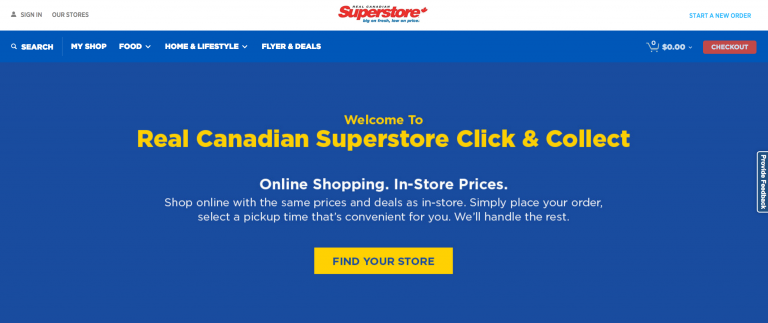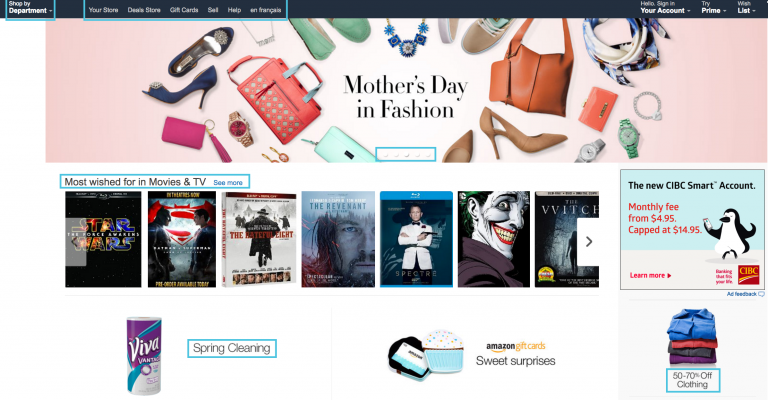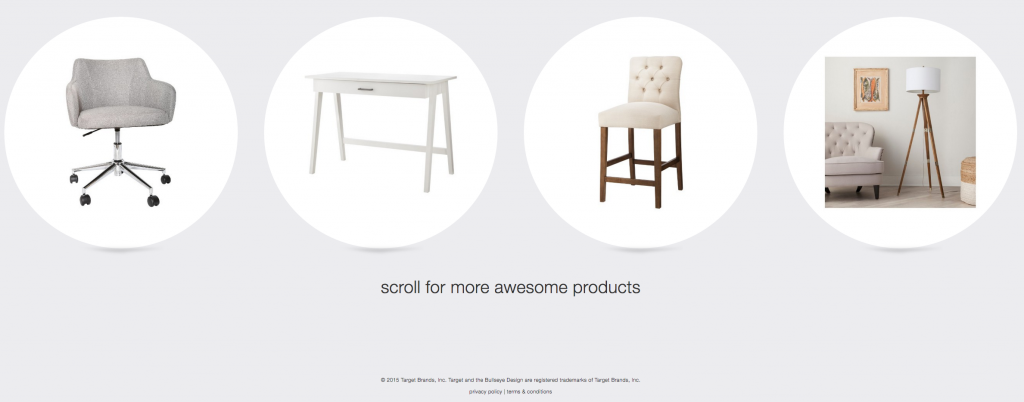

According to “Ecommerce Trends for 2016” by Absolunet, up to 40% of customers who shop online prefer to pick up their purchases in a physical store.
Although this statistic is dependent on the number of physical stores and the distribution network a retailer has, an increasing number of big chain names are making click and collect a standard way of moving product to people.
Here are five reasons why providing the option to purchase and pick-up is essential for eCommerce retailers with physical stores:
1. Customer convenience
With the advent of eCommerce retail giant Amazon.com, ordering online and waiting for delivery seemed the way of the future. However, that process assumes that postal or courier delivery can get the product to the customer in short order. That’s not always the case. And, even if they can, the customer needs to be there to accept delivery, and that’s not always convenient.
According to Cognizant, a leading provider of technology information, online shoppers see in-store pick-up as an essential convenience because they can pick up their purchases on their own schedule and they enjoy the security of knowing they can return the product immediately if it’s not what they expected.
2. Increase sales and conversion rates


Major furnishing retailer, Ikea, has plans to increase the number of pick-up and order points for their eCommerce customers. The retail giant has found that net sales increase when customers see items in-store—at “inspiration displays” and stations that assist with the home furnishing planning process—that complement their purchase decision.
In addition, conversion rates have been shown to increase as customers find it easy to order online and quickly and easily get access to their purchases.
3. Decrease returns
Customers purchasing online and picking up at a physical store have a lower rate of return than those receiving delivered packages. The reason is simple: in-store exchanges. If the product turns out to be the wrong size, wrong colour, or all together wrong, a helpful assistant in the store can direct the customer to a more appropriate selection and orchestrate an exchange.
4. Reduce shipping costs
This works both for both retailer and customer. Mail or courier delivery to the home is expensive in Canada. Customers purchasing online who face delivery costs are likely to pay much more than if they drove to the nearest store or outlet and picked up their package. They may also be deterred from buying by the delivery price.
For eCommerce retailers, the click and collect approach can streamline the distribution process, reduce shipping expenses, and improve profit margins.
5. Enhance customer experience


Finally, click and collect eCommerce retailers are finding that they have an opportunity to deepen their brand or product experience with customers through an in-store interaction. Increasing customer loyalty is key to driving eCommerce sales and developing a connection with the customer helps.
Online shopping can be a solitary experience and not one that offers a lot of opportunities for interaction with the merchant. However, by convincing customers to enter the store to collect their merchandise, eCommerce retailers have the tools to both generate additional revenue and create brand loyalty.




